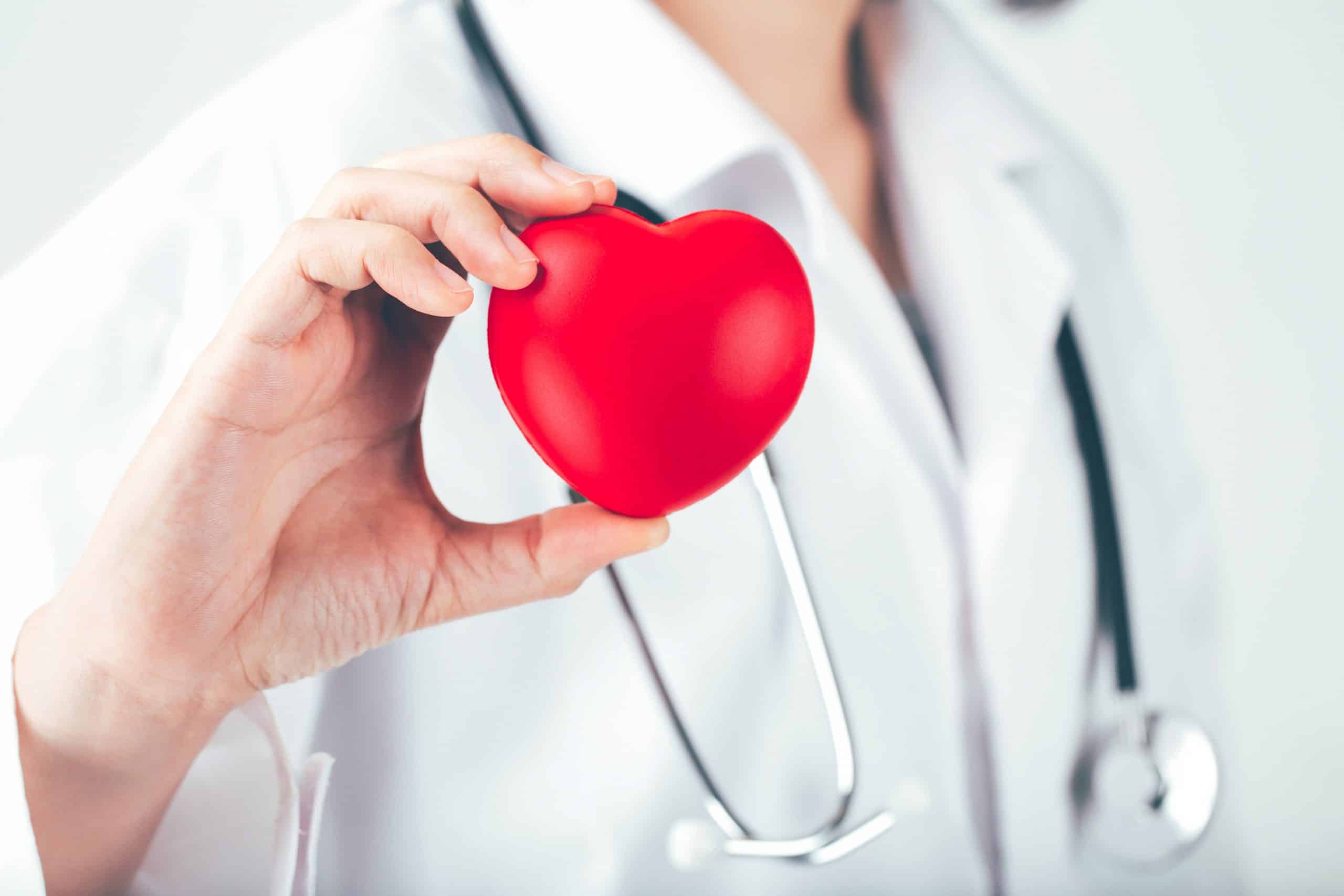Minimally Invasive Cardiac Surgery
Minimally invasive heart surgery is done to treat a variety of heart conditions. It is done by making small incisions of 2 inches or less on to the middle, right or left side of the chest and reaching the parts of the heart between the ribs, instead of cutting through the breastbone like in conventional heart surgery.
Minimally invasive heart surgeries are completed in lesser time than traditional surgery. Patients also have fewer complications and recover faster in around 10 days as compared to 6-8 weeks after traditional surgery.
Procedures done with Minimally Invasive Surgery
Minimally invasive heart surgery is used to perform many different types of heart procedures. These include:
- Mitral Valve Repair/replacement
- Aortic Valve Replacement
- Atrial septal defect (ASD) repair
- Coronary artery bypass surgery
Incisions Used in Minimally Invasive Heart Surgery
Surgeons use a minimally invasive approach whenever possible instead of open heart surgery. The incisions used in the minimally invasive approach include:
- Partial Sternotomy: In this a 3 or 4 inch long incision is made through the sternum. The breastbone is separated in that area which enables the surgeon to view the part of the heart that needs surgery. It is used for mitral valve, aortic valve and atrial septal defect (ASD) surgeries.
- Mini-thoracotomy: In this the surgeon cuts into the muscles between the ribs to reach the heart and avoids cutting through the breastbone.
Benefits
The benefits of minimally invasive heart surgery over conventional heart surgery include less blood loss, reduced trauma and pain, faster recovery, lower risk of infection, etc. And it is more cosmetic.
After the Procedure
Patients will need to spend a day in the ICU after the procedure where they will be given medication and fluids through intravenous (IV) lines. From the ICU they will be moved to a regular hospital room where the treatment team will monitor their conditions such as breathing, blood pressure and heart rate regularly.
After discharge also, patients have to visit the doctor for regular check-ups to monitor their heart condition. A heart-healthy lifestyle is recommended for patients which includes healthy diet, exercise, stress management, avoiding smoking and tobacco consumption, etc.

